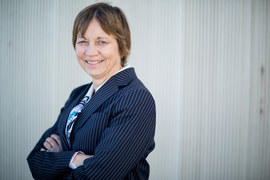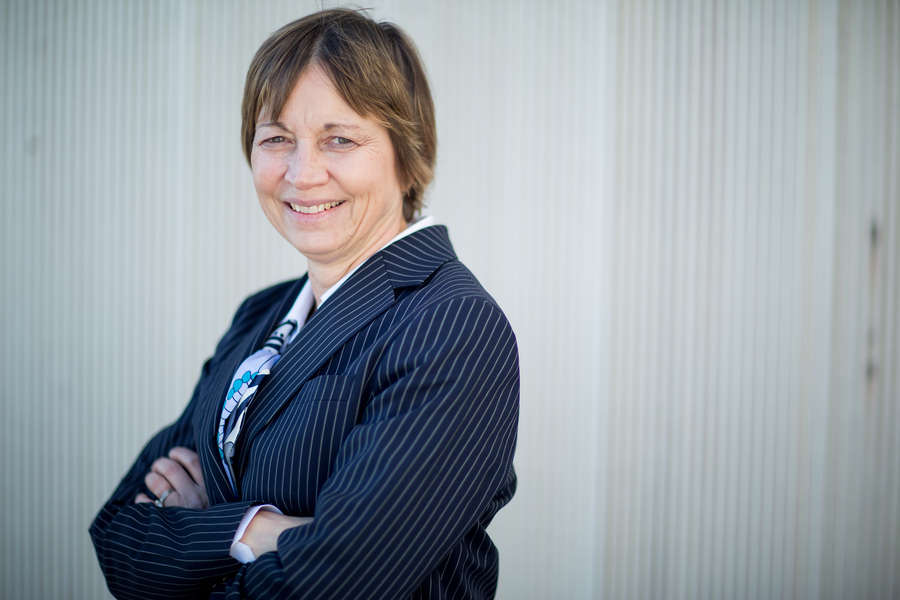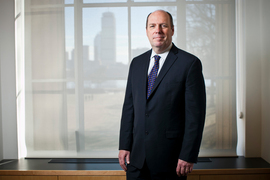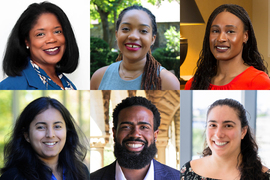Work on MIT’s Strategic Action Plan for Diversity, Equity, and Inclusion started last fall, and the plan’s first draft was released in late March 2020. Powered by inputs and feedback from three dozen community engagement sessions and a steady stream of email responses from students, staff, faculty, postdocs, alumni, and others, the plan is being revised and updated over the summer with hopes for a fall release. The development of the strategic plan is being led by Institute Community and Equity Officer John Dozier, along with Deputy ICEO Maryanne Kirkbride and Associate Provost Tim Jamison.
In a recent conversation prepared for MIT News, Vice President for Research Maria Zuber described how she wants the plan to help MIT attract and support postdoctoral scholars from a broad range of backgrounds. Increasing diversity in this community, she notes, will have positive effects for all of academia.
Q: What are the opportunities and challenges specific to your role as vice president for research in trying to advance a strategic plan for diversity, equity, and inclusion at MIT?
A: As the vice president for research, I oversee a number of interdisciplinary labs and centers; I’m responsible for research administration and policy, including the terrific staff that ensures our research enterprise runs smoothly; and I oversee MIT Postdoctoral Services, which endeavors to improve the experiences of the 1,500 postdocs who come to MIT for advanced training and play a key role in the research community.
As I go about this work, the opportunity always comes back to a simple question: How can we best achieve MIT’s mission? Our mission says that we want everyone at MIT to have “the ability and passion to work wisely, creatively, and effectively for the betterment of humankind.”
For that to happen, every member of the community needs to be able to take prudent risks, make mistakes, try new approaches to solving old problems, and bring their own unique perspectives to bear on hard questions. And there’s just no way that people will feel truly comfortable doing those things if they’re not sure they have a place here. If you’re not sure that you belong, then you’re more likely to keep your head down, avoid risk-taking, and go with the flow. That’s not optimal for anyone. To provide an environment where a diverse community of people can do its best, leading-edge work — that is an immense opportunity.
A challenge, and President Reif has pointed this out before, is MIT’s decentralized structure — it’s core to our culture and it’s a key ingredient in our success. But it also makes it harder to ensure that the experience is welcoming and equitable for everyone across campus. It’s a fact we need to contend with if we want a coordinated and consistent set of practices for attracting, retaining, and developing a diverse faculty and staff, including postdocs, across the Institute. I want to be clear that this is a challenge to be addressed — not an excuse for inaction.
Q: How do you think the plan will impact the lives of MIT community members, most especially postdocs?
A: Postdocs come to MIT from many different countries and backgrounds. No matter who they are or where they come from, we want them to feel supported to do their best work — scholarship that will advance their careers and help solve pressing challenges.
The most significant factor in the experience of postdocs at MIT is their relationship with their principal investigator. That’s why the strategic plan includes a focus on training and learning opportunities for PIs, so they can incorporate an understanding of the value of diversity, equity, and inclusion into their hiring and team-management practices. Understanding and helping to improve postdoctoral hiring practices will be an important area of focus for the director of diversity, equity, and inclusion in my office — a newly created role that we will fill in the coming months. We’re also working to improve our orientation and onboarding for postdocs, and to provide them with improved mentorship opportunities.
Finally, as I often say: “Show me your data.” If we really want to increase the number of postdocs from underrepresented groups, ensure a consistently productive experience for each of them, and set them on a path to career success no matter their background, then improvements to training for PIs or new onboarding programs is not enough. We also need more robust data collection and analysis so we can assess whether our efforts are having the intended effect and then hold ourselves accountable to ensure continued improvements.
Q: What do you think will be the most important outcome of the plan?
A: We will accelerate progress.
A personal mission of mine for many years has been to increase the representation of women in the sciences. When I first arrived at MIT, the proportion of women faculty in the School of Science was about 8 percent — and it had not changed for at least a decade. I went on to become the first woman to head a science department at MIT, and recent research has found that in my field, the geosciences, the proportion of women in faculty positions at 62 U.S. universities has been on the rise for two decades. But even today women account for just one in five full professors in the geosciences at those universities. That’s progress, but it’s not enough.
In some respects, our community of postdocs is wonderfully diverse. They come from all over the world, and there’s no question that the intellectual life of our campus benefits from that breadth of experiences and perspectives. In other respects, however, we have a lot of work to do. Our community of postdocs from the United States does not represent the diversity of the country as a whole. And since today’s postdocs are often tomorrow’s faculty members, this underrepresentation is perpetuated as people rise through academia’s ranks.
With focused resources, renewed accountability, enhanced expertise, and a whole-of-MIT approach, the most important outcome of this plan will be more progress, faster — the kind of progress that you can see and feel.










